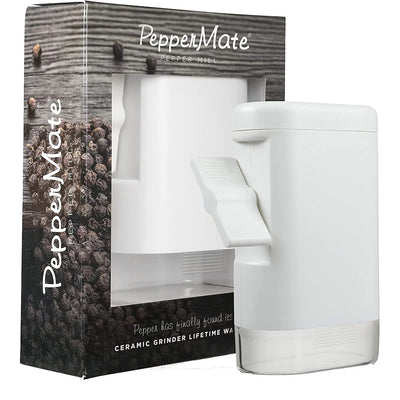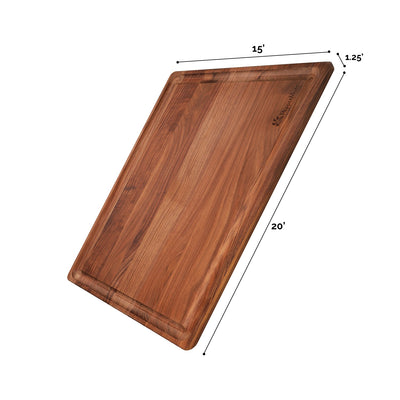The Communal Food Traditions of Ethiopia

No forks or knives. Chili for breakfast. Powders made of seemingly countless spices. Vibrant flavors as far as the eyes can see and tongue can taste. These are the foundations of one of the most versatile, flavorfully powerful cuisines in the world: Ethiopian. Journey with us to the Horn of Africa to see what makes this cuisine and the traditions surrounding it so special.
The Intrigue of Injera
Injera and Ethiopian meals go together like peanut butter and jelly. You often won’t find one without the other!
A thin, pancake-like bread that acts as a scoop for food, injera soaks in the phenomenal flavors found in a variety of Ethiopian cuisines that will make an impression on any foodie, including tibs, firfir, tere siga, and more. Seasoned with berbere powder, these meals promise to be packed with spicy, powerful flavor.
A Taste of the Community
Ethiopian meals are steeped in tradition, including a heavy emphasis on community. Many Ethiopian households serve friends, families, and communities on a single platter to share an array of meats, stews, and vegetables spread out on a slab of injera.
Eating from the same plate can also be a display of intimacy when gursha, or hand-feeding those around you, is performed. The elderly, or guests in someone’s home, will often receive gursha as a symbol of respect.
What mealtime traditions do you uphold in your household? Share your favorite mealtime traditions from around the world with us on Instagram, and follow along for tasty tips and tricks.




















Leave a comment